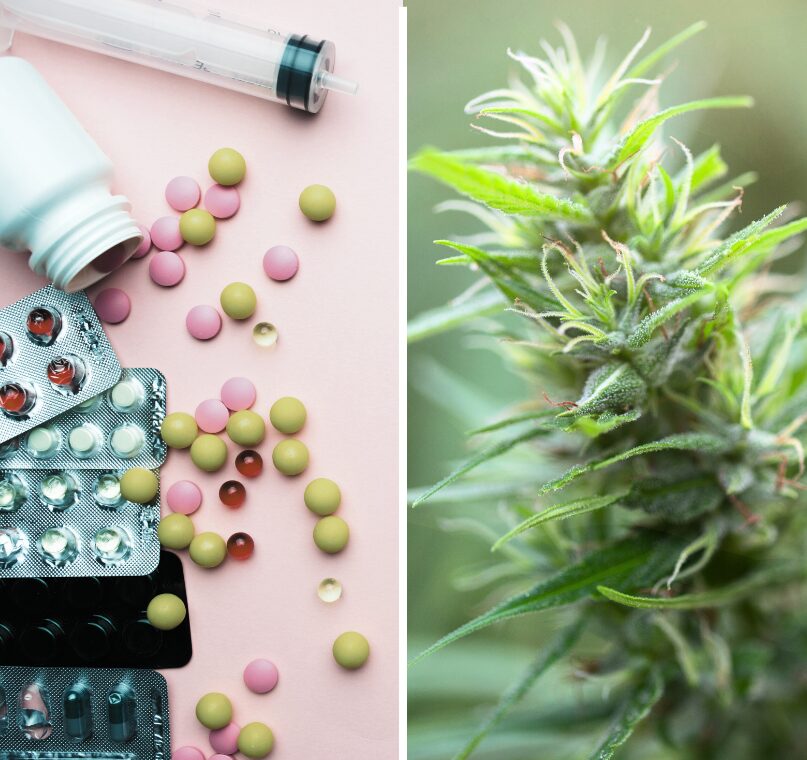Cannabidiol (CBD) is a non-intoxicating natural compound found in the Cannabis sativa plant that has gained a lot of attention for its therapeutic effects across multiple conditions. For first time users of CBD, questions about use usually pertain to how the product containing the compound might make them feel.
CBD products are often mistakenly compared to high-THC cannabis products and therefore wrongly associated with mild intoxication that may affect memory and cognition. It is worth noting that despite cannabis use producing acute memory impairment during intoxication, regular users may not show these acute declines in overall performance.
What has been witnessed through research is the ability of CBD to counteract the intoxicating actions of THC and improve the effects of THC impairment. Previous studies suggest that CBD may acutely reduce THC-related learning and memory impairments in well-controlled human and animal studies.
CBD: A potential treatment for cognitive impairment
The endocannabinoid system contains cannabinoid receptors, notably cannabinoid receptor type 1 (CB1) and cannabinoid receptor type 2 (CB2) that are located throughout the body and brain; with CB1 more widely expressed across the prefrontal cortex, hippocampus, and basal ganglia. These receptors have been described, among others, to be specific modulators of hippocampal function. When CBD interacts with these receptors, it may serve as a neuroprotectant and ameliorate brain harms.
CBD’s influence on brain function has gained the attention of the research community. Recent research suggests that CBD use for those with pathological conditions may see improved cognitive processes. This includes improved attention, executive function, working memory, and episodic memory. Research thus far has led CBD to be proposed as a novel therapeutic option across several diagnoses to include psychosis, anxiety disorders, substance use disorders, and autism spectrum disorders. Most conventional pharmaceuticals to manage symptoms of psychosis and mood disorders are linked to low efficacy, tolerance, and adverse events; therefore there is a need for treatment options that could provide a better outcome with limited side effects.
In 2021 a systematic review was published, observing CBD for the treatment of psychotic and anxiety disorders. The studies that met inclusion criteria investigated the acute effects of CBD on brain function while in a state or rest or during cognitive tasks. For healthy volunteers, CBD showed to modulate brain activity when it came to emotional processing, verbal memory, response inhibition, and auditory/visual processing. For volunteers with a clinical high risk for psychosis or with diagnosed psychosis, acute CBD use showed intermediate brain activity during cognitive tasks. These findings led researchers in the review to establish a recommendation for future studies to investigate longer-term CBD treatment for psychiatric patients.
For neurodegenerative diseases, CBD has shown to be a promising therapeutic agent. Several studies point to the ability of CBD to inhibit progression of Alzheimer’s disease. Although the mechanisms of the neuroprotective effects have not fully been discovered, research points to CBD’s role in reducing neuroinflammation, reducing oxidative stress, and improving cognitive performance by preventing the development of social recognition deficit.
CBD: Improving and preserving cognitive function
Preclinical evidence indicates that acute and prolonged use of CBD has no negative effects on spatial learning and may actually improve features of motor learning or attention. Preclinical studies also show the potential of CBD to restore memory impairments across animals with induced neurological dysfunction. By diminishing inflammation and the risk of oxidative stress, CBD has the potential to safeguard brain cells, therefore preserving memory function.
Higher resting hippocampal blood flow is associated with better memory performance. Results were published in 2020 from a randomized, crossover, double-blind study where 15 healthy participants were administered oral CBD to assess how CBD influences cerebral brain flow in regions involved with memory processing. Their findings suggest that CBD does increase cerebral brain flow to the key regions involved in memory processing, particularly in the hippocampus (Bloomfield et al., 2020).
Getting started with CBD
CBD therapy is not a one-size fits all approach, and more CBD does not always correlate to increased benefit. One-on-one support, taking it slow, and being consistent with your therapy are all key components to finding success. The conditions mentioned here are incredibly complex and more than one therapy may be necessary to alleviate symptoms. If you seek resources for how to talk to your doctor or data-driven answers to your questions about cannabinoid therapy and symptoms of specific conditions, the Realm of Caring Care Team is here to assist with free support. Reach out to us for dosing guidance, quality product selection, and how to get involved in research to increase our collective knowledge on the benefits of CBD use.










